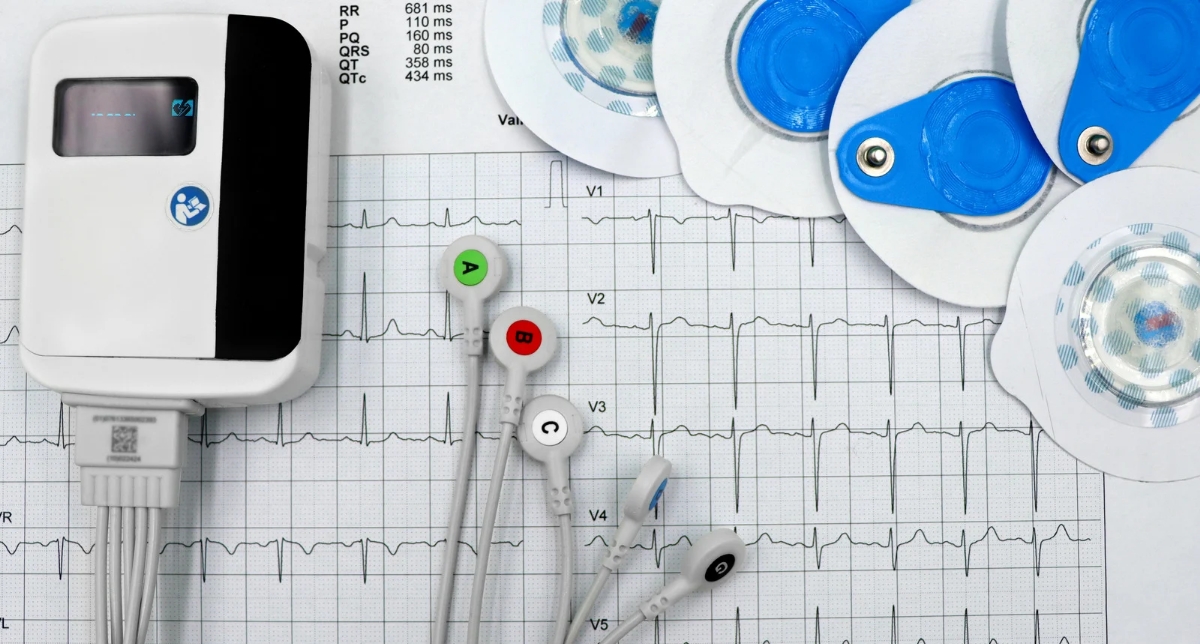Introduction
ECG, which means electrocardiogram, is a simple way to see and capture the heart’s electrical activity on paper.
In this article, we’re gonna talk about how to perform an ECG.
How to record and ECG
The ECG machine uses electrodes that are stuck on the chest and limbs. These electrodes let us see the heart’s electrical signals.
So, how do you place these electrodes?
Limb Leads
To remember limb leads, just think of this mnemonic: Read Your Great Books.
Start at the right upper limb and move clockwise.
- Right Upper Limb: Red Lead
- Left Upper Limb: Yellow Lead
- Left Lower Limb: Green Lead
- Right Lower Limb: Black Lead
These leads can go anywhere on the limb, but just make sure it’s a less hairy area.
Chest Leads
Chest leads have a specific order and placement. They’re labelled from V1 to V6:
- V1: 4th intercostal space, right margin of the sternum
- V2: 4th intercostal space, left margin of the sternum
- V4: 5th intercostal space, midclavicular line
- V3: Midway between V2 and V4
- V5: 5th intercostal space, anterior axillary line
- V6: 5th ICS, mid-axillary line
Conclusion
With these proper placements and correct paper speed (25 mm/s) and 1 millivolt of signal, an accurate ECG can be recorded.
The healthcare worker will then be able to observe and read the ECG properly.




